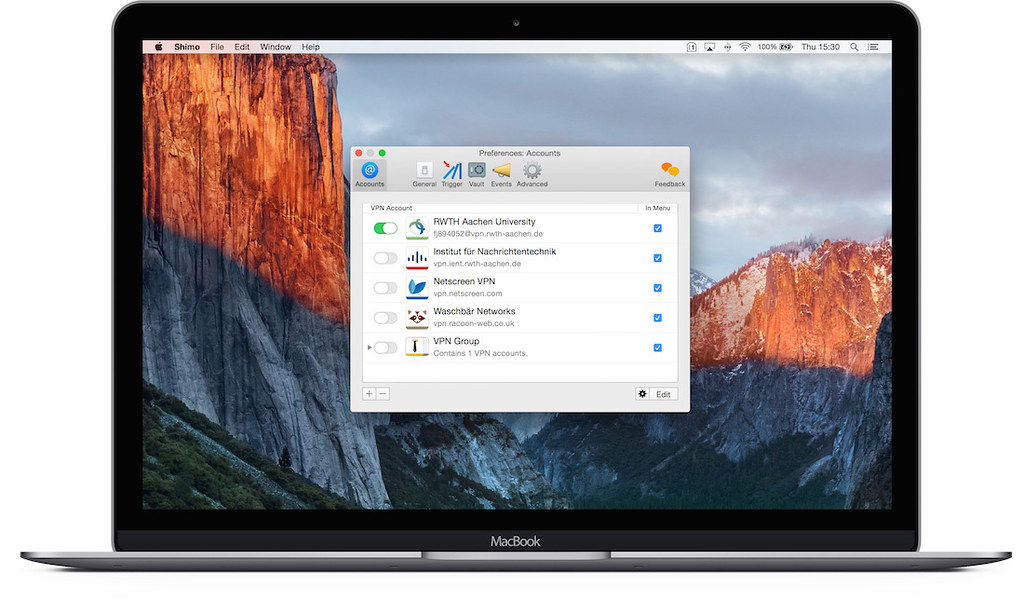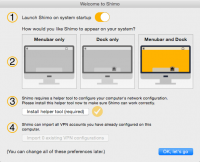

The system monitors the impedance at the skin electrode interface that could distort the accuracy of the measures. The electrical stimulus produced by the Neurometer® 10 device is self-calibrating and maintains a constant current output regardless of normal variations in skin thickness and impedance. Sinusoidal electrical currents of 2000, 250, and 5 Hz have been observed to stimulate Aβ, Aδ, and C fibers, respectively 10. Assessment of quantitative current perception thresholds (CPT) has been reported to be useful for evaluating sensory function. Furthermore, the responses of Aδ and C fibers in nociceptive neurons and Aβ fibers in non-nociceptive neurons have been evaluated selectively through transcutaneous electrical nerve stimulation at different frequencies. The stimuli used in QST include mechanical (pressure, pinprick, vibration), temperature (heat and cold), and electric current stimuli 8, 9. The QST is a psychophysical assessment that evaluates sensory responses to standardized stimuli. In recent years, studies using quantitative sensory testing (QST) to assess pain have been conducted 7.

This may explain why the mechanism of pain inhibition through somatosensory stimulation in humans remains unclear. Most previous studies on pain inhibition through somatosensory stimulation have used subjective pain intensity changes as the outcome. However, whether nociceptive stimuli specifically inhibit nociceptive information has not been sufficiently investigated. The descending pain modulatory system comprises a network of cortical and subcortical brain regions that can inhibit nociceptive afferent brain input via brainstem structures like the periaqueductal gray matter and the rostral ventromedial medulla. The DNIC/CPM is considered to reflect the function of the descending pain modulatory system 6. Although the gate-control theory is a good model for explaining the pain-inhibitory response to stimulation of the body surface, it has not been scientifically proven.ĭiffuse noxious inhibitory controls (DNIC) 3, 4 and conditioned pain modulation (CPM) 5 refers to pain inhibition in other regions of the body through stimulation of the body surface. Activation of Aβ fibers, which transmit tactile stimuli, increases the excitability of inhibitory interneurons, and nociceptive information from Aδ and C fibers is inhibited through presynaptic inhibition. The gate-control theory, published by Melzack and Wall in 1965 2, states that the dorsal horn of the spinal cord has a gate function that controls the input of nociceptive information. The gate-control theory is often used to explain the mechanism of pain inhibition using non-noxious stimuli, such as rubbing the affected area or application of transcutaneous electrical nerve stimulation. However, the mechanism underlying pain inhibition through somatosensory stimulation of the body surface remains unclear 1. As such, somatosensory stimulation of the body surface is widely known to inhibit pain. Apart from tactile stimulation, noxious stimulation is also known to provide pain relief. Pain relief is often achieved by rubbing or pressing the painful area. Inhibition of sensory information by nociceptive inputs may selectively suppress nociceptive stimuli.

However, applying noxious stimulation to the body surface through hand immersion in cold water increased pain thresholds in both the Aδ and C fibers, and sensory threshold of the Aβ fibers changes in tactile thresholds were not significant. In the case of non-noxious stimulation, lightly rubbing the dorsal side of the forearm with a brush showed no significant physiological or clinical changes in the current perception thresholds of the Aδ, and C fibers a significant increase was observed only in the Aβ fibers. The current stimuli were sinusoidal waves at frequencies of 2000 Hz, 250 Hz, and 5 Hz, which selectively stimulated the Aβ, Aδ, and C fibers, respectively.

We examined the changes in the current perception thresholds of Aδ, C, and Aβ fibers induced by non-noxious and noxious somatosensory stimulation of the body surface. However, no studies have measured the threshold changes due to somatosensory stimulation of each nerve fiber (Aβ, Aδ, and C) separately. Somatosensory stimulation of the body surface, such as through tactile and noxious stimulation, is widely known to inhibit pain.


 0 kommentar(er)
0 kommentar(er)
